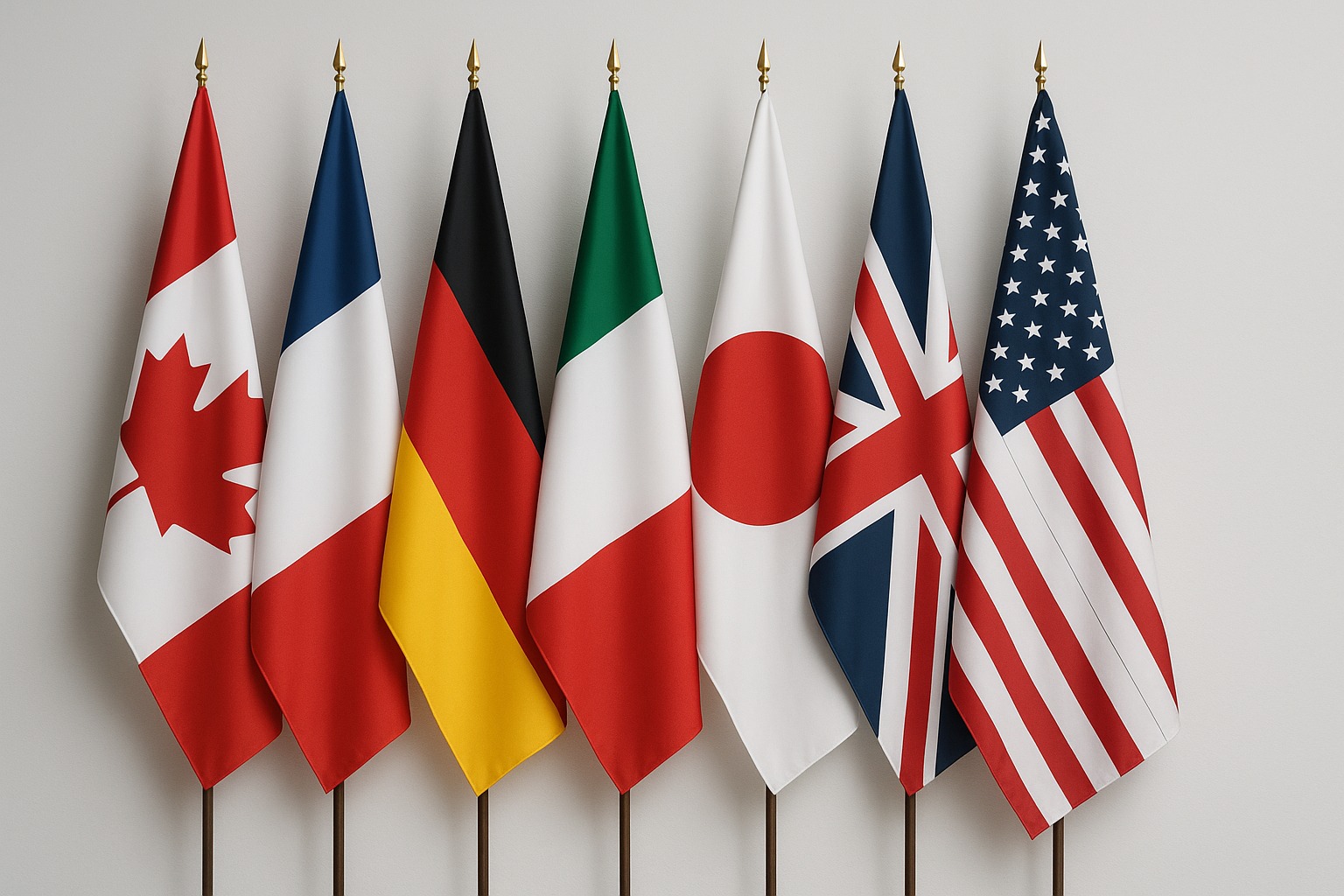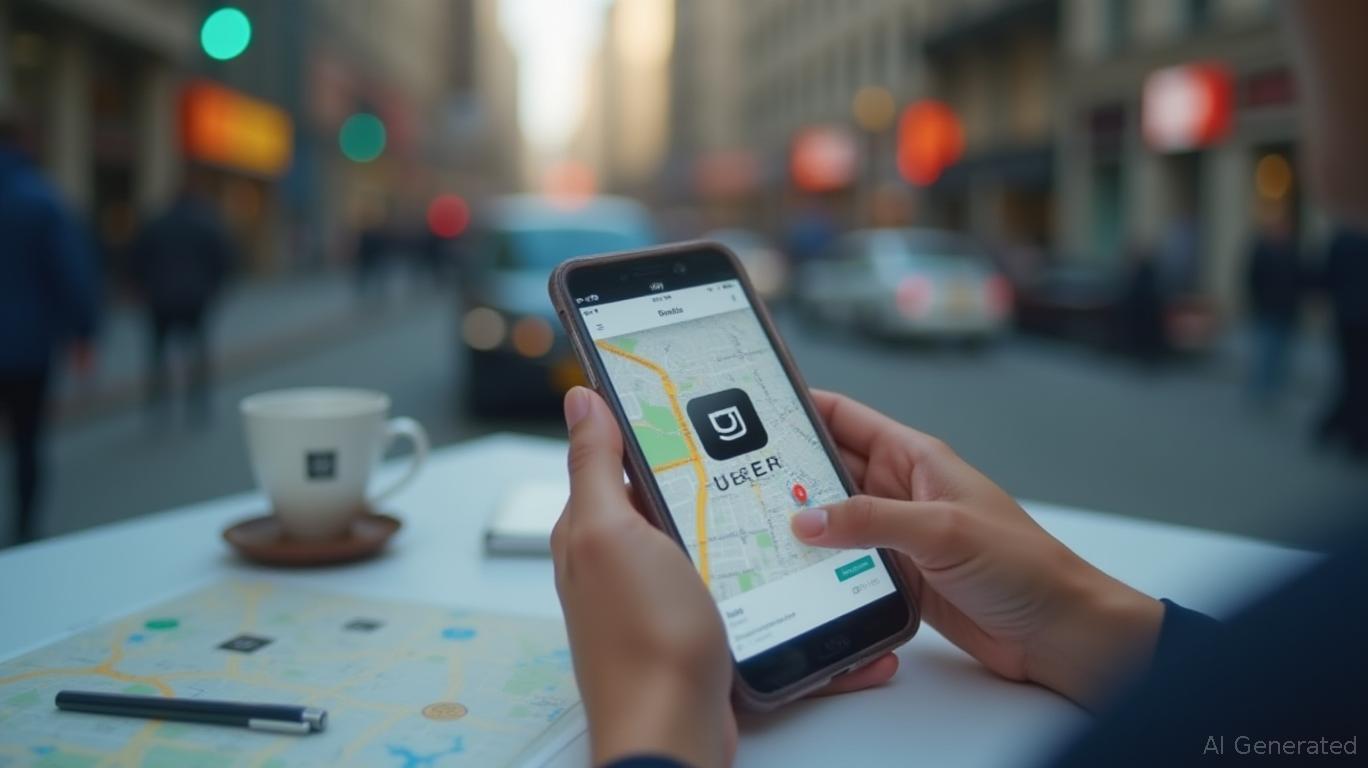Uber Q1 2025 Earnings: Solid Profits and AV Momentum Fail to Offset Revenue Miss, Shares Fall 6%
Uber Technologies delivered a first-quarter 2025 report that showcased strong profitability, accelerating user activity, and a deepening push into autonomous vehicles (AVs). While earnings and adjusted EBITDA beat analyst estimates, shares slid 6% in premarket trading as topline revenue and gross bookings came in slightly below Wall Street expectations. The market appeared to key in on softer-than-expected mobility and delivery volume growth and a modest Q2 outlook, even as Uber continues to demonstrate operating leverage and massive cash generation, with $2.25 billion in free cash flow during the quarter. Despite these mixed signals, CEO Dara Khosrowshahi emphasized Uber’s long-term positioning in mobility, delivery, and AV tech as the company moves toward what it believes is the “single greatest opportunity ahead.”
Headline Financials and Key Metrics
Uber reported Q1 revenue of $11.53 billion, a 14% year-over-year increase but just shy of the $11.62 billion consensus. Gross bookings rose 14% year-over-year to $42.82 billion but fell short of the $43.14 billion Wall Street forecast. Adjusted EBITDA came in at $1.87 billion, ahead of the $1.85 billion estimate and up 35% from the prior year. Net income was $1.78 billion, or 83 cents per share, well above the 50-cent consensus, aided in part by equity investment revaluations.
Trips reached a record 3 billion, up 18% year-over-year, with monthly active platform consumers (MAPCs) growing 14% to 170 million. These trends reflect healthy platform engagement, further evidenced by a 3% increase in trips per MAPC. Adjusted EBITDA margins as a percentage of gross bookings reached 4.4%, up from 3.7% in the year-ago period, while Uber ended the quarter with $6 billion in unrestricted cash and investments.
Segment Breakdown: Mobility, Delivery, and Consumer Strength
Uber’s Mobility segment reported gross bookings of $21.18 billion, up 13% year-over-year, though modestly shy of internal hopes. Delivery, which includes Uber Eats and grocery offerings, posted $20.38 billion in gross bookings, a 15% annual increase. Both segments showed solid activity, but with less upside than some investors had priced in, particularly as Uber faces tough comps from a post-pandemic normalization in both mobility and meal delivery.
Monthly users and frequency metrics remained strong, reinforcing confidence in consumer demand despite macro headwinds. However, recent changes to workplace policies—requiring more in-office presence—and revisions to benefits such as sabbaticals hinted at a company tightening discipline amid a shifting labor and cost environment. CEO Khosrowshahi acknowledged macro uncertainty but maintained that “consumer retention is strong” and the Uber One subscription base continues to grow rapidly.
Outlook and Guidance
For Q2 2025, Uber guided gross bookings between $45.75 billion and $47.25 billion, effectively bracketing consensus expectations of $45.85 billion. Adjusted EBITDA is projected between $2.02 billion and $2.12 billion, representing year-over-year growth of 29% to 35%. While the guidance reflects continued expansion, the 1.5 percentage point FX headwind—particularly in Mobility—combined with cautious revenue trends, contributed to the muted market reaction.
Management reaffirmed its long-term focus on free cash flow generation, noting Uber’s “multiple levers” for durable capital returns, and confirmed it remains on track to hit its multiyear financial framework.
Autonomous Vehicle Expansion and Strategic Initiatives
Autonomous vehicle efforts were a prominent theme on the earnings call. Khosrowshahi called AVs “the single greatest opportunity ahead” for Uber and highlighted five new AV-related partnerships announced in the past week alone. The company now counts major players like Waymo, Volkswagen, May Mobility, Avride, and Aurora among its collaborators in robotaxi and autonomous freight.
Uber reached an annual run-rate of 1.5 million AV trips and reported that Waymo’s fleet in Austin, Texas—now integrated into Uber’s app—delivered results that “exceeded expectations,” with some vehicles ranking in the 99th percentile of trip volume. International AV partnerships with WeRide, Pony.AI, and Momenta further indicate Uber’s ambition to scale autonomy globally.
Additionally, Uber announced it had acquired an 85% controlling stake in Turkey’s Trendyol GO for roughly $700 million, expanding its presence in emerging food and grocery delivery markets.
Market Reaction and Analyst Takeaways
Despite the profitability beat and forward-looking commentary, Uber shares dropped about 6% in early trading. The move likely reflects investor disappointment in the modest revenue miss, cautious gross bookings guidance, and perceived risk around FTC litigation concerning Uber One subscription practices. Khosrowshahi defended the product’s transparency, calling the suit “a head-scratcher,” and emphasized its importance to Uber Eats growth.
Investors may also be weighing the stock’s recent strength—Uber had gained nearly 17% year-to-date before the report—and rotating away in the absence of upside surprises. The company’s slight topline softness and delivery of in-line guidance seem to have triggered a “sell the news” dynamic.
Conclusion
Uber’s Q1 report was solid on profitability and free cash flow but lacked the revenue upside to sustain bullish momentum. While earnings and adjusted EBITDA beat expectations, and core user metrics remained robust, investor focus turned to softer-than-hoped gross bookings and macro sensitivity in the outlook. The long-term growth story—bolstered by Uber’s aggressive AV push and strong cash generation—remains intact, but the stock’s reaction underscores that high expectations leave little room for ambiguity. As Uber navigates regulatory scrutiny and execution in emerging tech, the next chapters in its AV rollout and international delivery strategy could determine whether shares can regain their footing.









